44 labels and features in machine learning
Machine Learning: Target Feature Label Imbalance Problems and Solutions ... 10 rows of data with label A. 12 rows of data with label B. 14 rows of data with label C. Method 1: Under-sampling; Delete some data from rows of data from the majority classes. In this case, delete 2 rows resulting in label B and 4 rows resulting in label C. What distinguishes a feature from a label in machine learning? A feature is the information that you draw from the data and the label is the tag you want to assign to the input based on the features you draw from it. Features help in assigning label. Thus, the better the features the more accurately will you be able to assign label to the input. Kyle Taylor
What is the difference between a feature and a label? Label: Labels are referred to as the final output. The output classes can also be considered as labels. When data scientists speak of labeled data what they ...
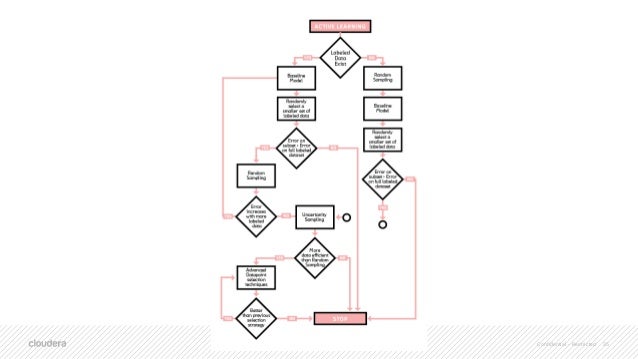
Labels and features in machine learning
The Ultimate Guide to Data Labeling for Machine Learning What are the labels in machine learning? Labels are what the human-in-the-loop uses to identify and call out features that are present in the data. It's critical to choose informative, discriminating, and independent features to label if you want to develop high-performing algorithms in pattern recognition, classification, and regression. Data Labelling in Machine Learning - Javatpoint Labels and Features in Machine Learning Labels in Machine Learning. Labels are also known as tags, which are used to give an identification to a piece of data and tell some information about that element. Labels are also referred to as the final output for a prediction. For example, as in the below image, we have labels such as a cat and dog, etc. Regression - Features and Labels - Python Programming When it comes to forecasting out the price, our label, the thing we're hoping to predict, is actually the future price. As such, our features are actually: current price, high minus low percent, and the percent change volatility. The price that is the label shall be the price at some determined point the future.
Labels and features in machine learning. Introduction to Labeled Data: What, Why, and How - Label Your Data Labels would be telling the AI that the photos contain a 'person', a 'tree', a 'car', and so on. The machine learning features and labels are assigned by human experts, and the level of needed expertise may vary. In the example above, you don't need highly specialized personnel to label the photos. Features and labels - Module 4: Building and evaluating ML ... - Coursera It also includes two demos—Vision API and AutoML Vision—as relevant tools that you can easily access yourself or in partnership with a data scientist. You'll also have the opportunity to try out AutoML Vision with the first hands-on lab. Features and labels 6:50 Taught By Google Cloud Training Try the Course for Free Explore our Catalog What is data labeling? - Amazon AWS In machine learning, a properly labeled dataset that you use as the objective standard to train and assess a given model is often called "ground truth." The accuracy of your trained model will depend on the accuracy of your ground truth, so spending the time and resources to ensure highly accurate data labeling is essential. machine learning - Understanding features vs labels in a dataset - Data ... The features are the input you want to use to make a prediction, the label is the data you want to predict. The Malware column in your dataset seems to be a binary column indicating whether the observation belongs to something that is or isn't Malware, so if this is what you want to predict your approach is correct. Share Improve this answer
What is the difference between a feature and a label? [closed] 7 Answers Sorted by: 243 Briefly, feature is input; label is output. This applies to both classification and regression problems. A feature is one column of the data in your input set. For instance, if you're trying to predict the type of pet someone will choose, your input features might include age, home region, family income, etc. What are Features in Machine Learning? - Data Analytics Features - Key to Machine Learning The process of coming up with new representations or features including raw and derived features is called feature engineering. Hand-crafted features can also be called as derived features. The subsequent step is to select the most appropriate features out of these features. This is called feature selection. 4 Types of Classification Tasks in Machine Learning Multi-Label Classification. Multi-label classification refers to those classification tasks that have two or more class labels, where one or more class labels may be predicted for each example.. Consider the example of photo classification, where a given photo may have multiple objects in the scene and a model may predict the presence of multiple known objects in the photo, such as "bicycle ... Difference Between a Feature and a Label - Baeldung Oct 19, 2020 — The most common feature in machine learning datasets consists of integers, floats, doubles, or other primitive data types which approximate real ...
What Is Data Labeling in Machine Learning? - Label Your Data In machine learning, a label is added by human annotators to explain a piece of data to the computer. This process is known as data annotation and is necessary to show the human understanding of the real world to the machines. Data labeling tools and providers of annotation services are an integral part of a modern AI project. Machine Learning Terminology - W3Schools Relationships. Machine learning systems uses Relationships between Inputs to produce Predictions.. In algebra, a relationship is often written as y = ax + b:. y is the label we want to predict; a is the slope of the line; x are the input values; b is the intercept; With ML, a relationship is written as y = b + wx:. y is the label we want to predict; w is the weight (the slope) How You Can Use Machine Learning to Automatically Label Data Data labels often provide informative and contextual descriptions of data. For instance, the purpose of the data, its contents, when it was created, and by whom. This labeled data is commonly used to train machine learning models in data science. For instance, tagged audio data files can be used in deep learning for automatic speech recognition. Labeling images and text documents - Azure Machine Learning Sign in to Azure Machine Learning studio. Select the subscription and the workspace that contains the labeling project. Get this information from your project administrator. Depending on your access level, you may see multiple sections on the left. If so, select Data labeling on the left-hand side to find the project. Understand the labeling task
Framing: Key ML Terminology | Machine Learning Labels A label is the thing we're predicting—the y variable in simple linear regression. The label could be the future price of wheat, the kind of animal shown in a picture, the meaning of an audio...
What Is Data Labelling and How to Do It Efficiently [2022] - V7Labs Data labeling refers to the process of adding tags or labels to raw data such as images, videos, text, and audio. These tags form a representation of what class of objects the data belongs to and helps a machine learning model learn to identify that particular class of objects when encountered in data without a tag.
Multi-Label Classification with Deep Learning - Machine Learning Mastery Multi-label classification involves predicting zero or more class labels. Unlike normal classification tasks where class labels are mutually exclusive, multi-label classification requires specialized machine learning algorithms that support predicting multiple mutually non-exclusive classes or "labels." Deep learning neural networks are an example of an algorithm that natively supports ...
Some Key Machine Learning Definitions | by joydeep ... - Medium New features can also be obtained from old features using a method known as 'feature engineering'. More simply, you can consider one column of your data set to be one feature. Sometimes these are...
How to Label Data for Machine Learning in Python - ActiveState 2. To create a labeling project, run the following command: label-studio init . Once the project has been created, you will receive a message stating: Label Studio has been successfully initialized. Check project states in .\ Start the server: label-studio start .\ . 3.
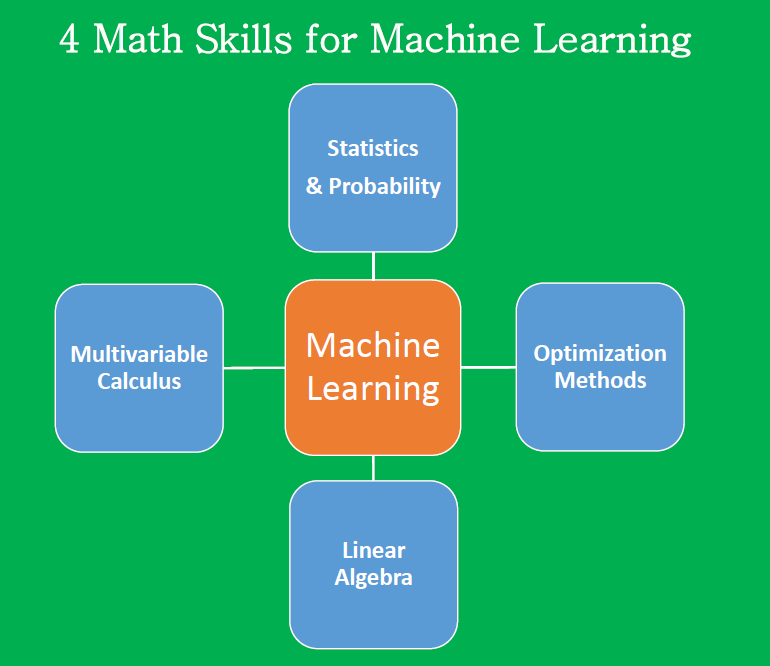
Essential Math Skills for Machine Learning - Towards AI — Multidisciplinary Science Journal - Medium
How to Label Data for Machine Learning: Process and Tools Audio labeling. Speech or audio labeling is the process of tagging details in audio recordings and putting them in a format for a machine learning model to understand. You'll need effective and easy-to-use labeling tools to train high-performance neural networks for sound recognition and music classification tasks.
Feature Encoding Techniques - Machine Learning - GeeksforGeeks This method is preferable since it gives good labels. Note: One-hot encoding approach eliminates the order but it causes the number of columns to expand vastly. So for columns with more unique values try using other techniques. Frequency Encoding: We can also encode considering the frequency distribution.This method can be effective at times for nominal features.
What distinguishes a feature from a label in machine learning? A feature is the information that you draw from the data and the label is the tag you want to assign to the input based on the features you draw from it.
Feature (machine learning) - Wikipedia In machine learning and pattern recognition, a feature is an individual measurable property or characteristic of a phenomenon. Choosing informative, discriminating and independent features is a crucial element of effective algorithms in pattern recognition, classification and regression.Features are usually numeric, but structural features such as strings and graphs are used in syntactic ...
Difference between a target and a label in machine learning It can be categorical (sick vs non-sick) or continuous (price of a house). Label: true outcome of the target. In supervised learning the target labels are known for the trainining dataset but not for the test. Label is more common within classification problems than within regression ones.
Data Noise and Label Noise in Machine Learning Asymmetric Label Noise All Labels Randomly chosen α% of all labels i are switched to label i + 1, or to 0 for maximum i (see Figure 3). This follows the real-world scenario that labels are randomly corrupted, as also the order of labels in datasets is random [6]. 3 — Own image: asymmetric label noise Asymmetric Label Noise Single Label
What do you mean by Features and Labels in a Dataset? To make it simple, you can consider one column of your data set to be one feature. Features are also called attributes. And the number of features is dimensions. Label Labels are the final output or target Output. It can also be considered as the output classes. We obtain labels as output when provided with features as input.
Set up image labeling project - Azure Machine Learning An Azure Machine Learning dataset with labels. Access exported Azure Machine Learning datasets in the Datasets section of Machine Learning. The dataset details page also provides sample code to access your labels from Python. Once you have exported your labeled data to an Azure Machine Learning dataset, you can use AutoML to build computer ...
Regression - Features and Labels - Python Programming When it comes to forecasting out the price, our label, the thing we're hoping to predict, is actually the future price. As such, our features are actually: current price, high minus low percent, and the percent change volatility. The price that is the label shall be the price at some determined point the future.
Data Labelling in Machine Learning - Javatpoint Labels and Features in Machine Learning Labels in Machine Learning. Labels are also known as tags, which are used to give an identification to a piece of data and tell some information about that element. Labels are also referred to as the final output for a prediction. For example, as in the below image, we have labels such as a cat and dog, etc.
The Ultimate Guide to Data Labeling for Machine Learning What are the labels in machine learning? Labels are what the human-in-the-loop uses to identify and call out features that are present in the data. It's critical to choose informative, discriminating, and independent features to label if you want to develop high-performing algorithms in pattern recognition, classification, and regression.
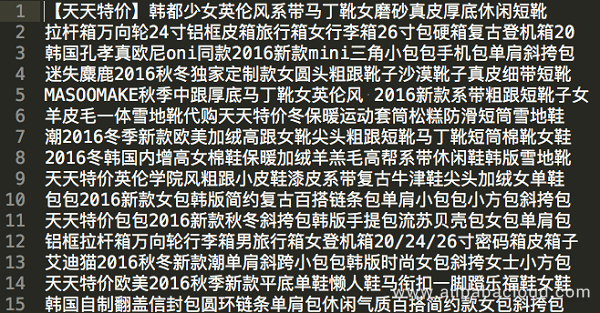
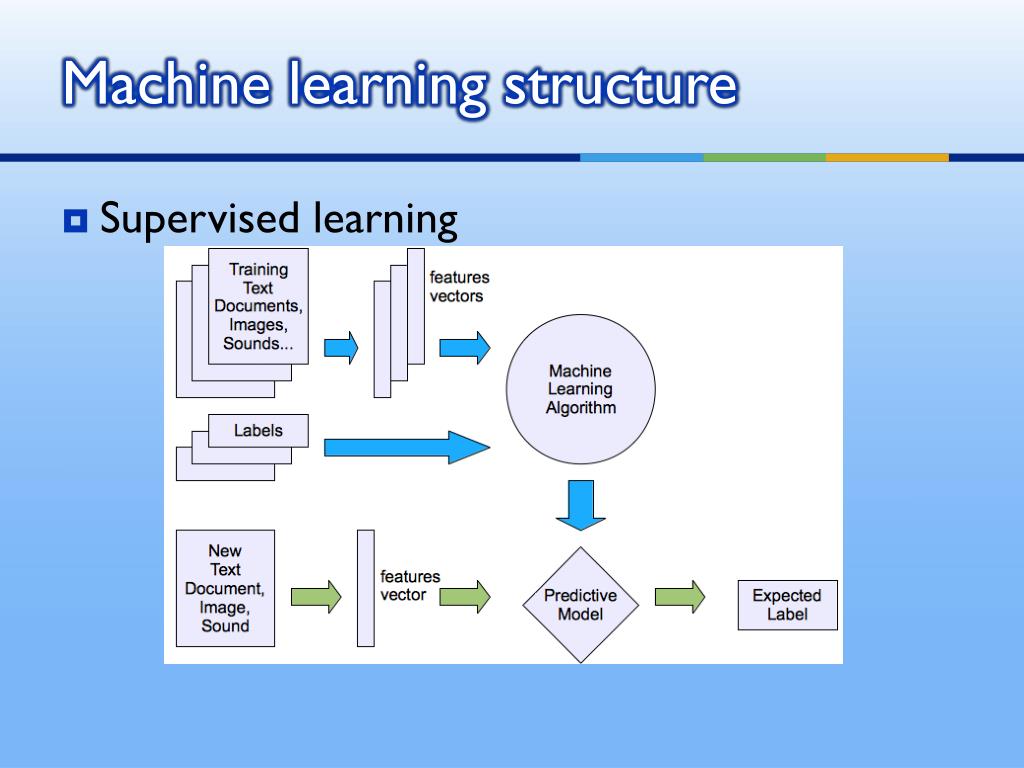

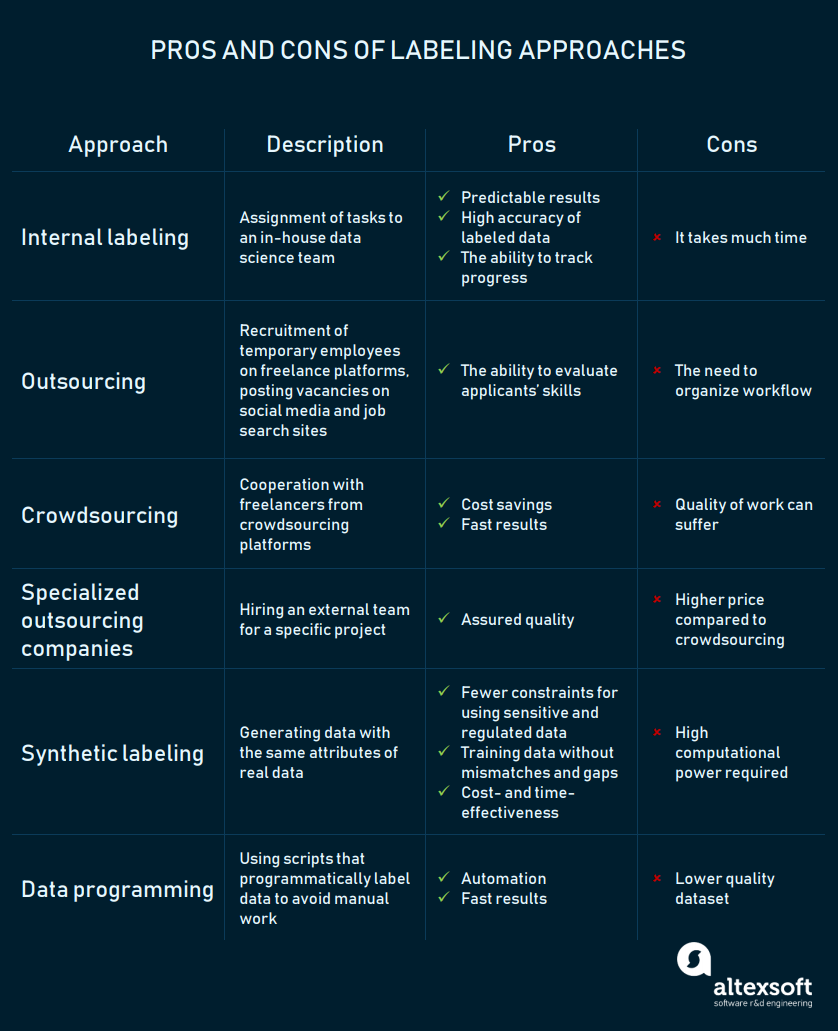







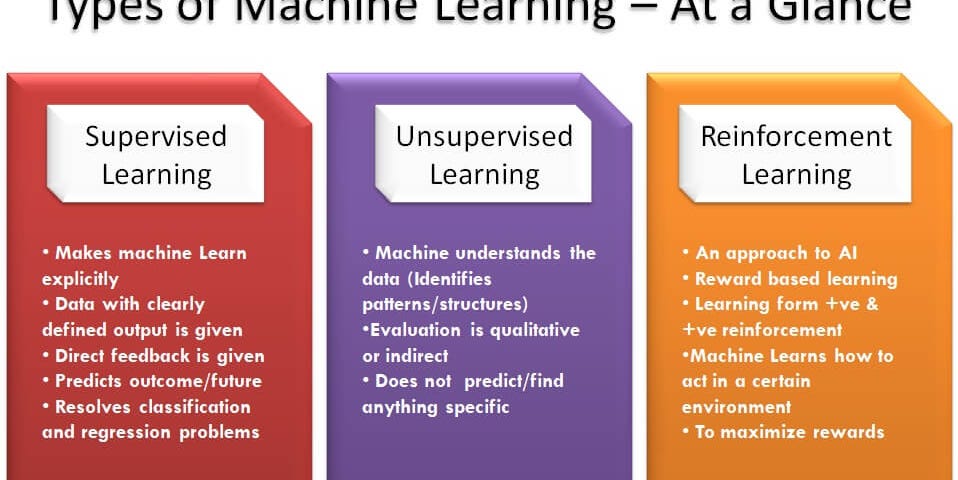

Post a Comment for "44 labels and features in machine learning"